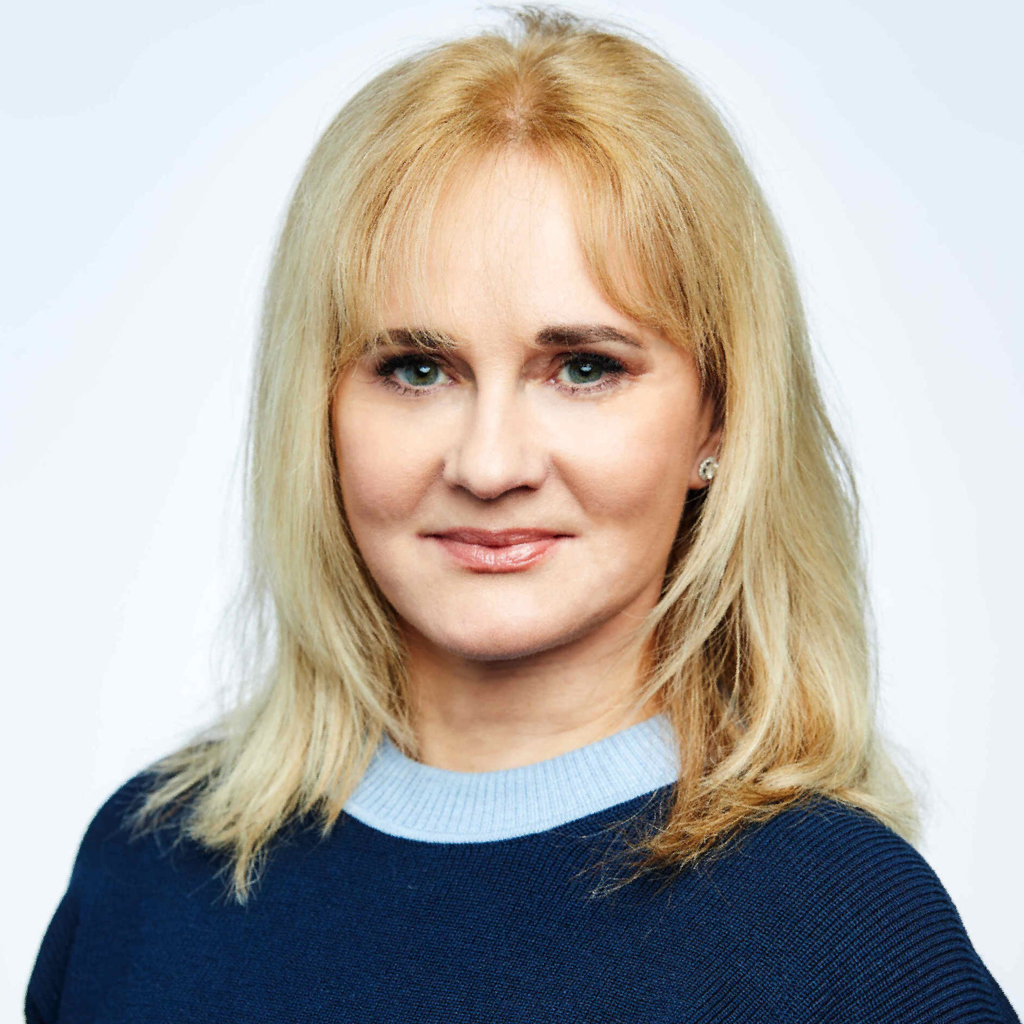Anna N Yaroslavsky
University of Massachusetts Lowell, USAFor outstanding and sustained contributions to the research and development of quantitative multimodal optical imaging and spectroscopy for cancer detection.

Anna Yaroslavsky knew that she wanted to make an impact on society within her lifetime. Growing up, she would talk with her father about astronomy and robotics. He told stories about her grandfather, who designed the navigation systems for Vostok 1, the first piloted mission into space with Yuri Gagarin onboard in 1961. Anna had a clear picture of what it meant to make an impact, and she wanted that for herself.
Her work today is on the cutting edge of cancer detection, specifically for skin, thyroid, and breast cancers using optical technologies. An optical approach offers several advantages, as compared to mainstream medical imaging modalities. Specifically, it doesn’t use ionizing radiation, is comparatively inexpensive, and provides a plethora of endogenous and exogenous contrast mechanisms. However, due to high scattering, penetration of optical radiation into the human body is limited. She says, “For optics to make it, we really need to find the right applications… and carefully listen to the doctors so we can give them the tools that they actually need.” In Anna’s experience, medical doctors have different ways of doing things than physicists. It has been a challenge to bridge these gaps at times, but she relies on her ability to learn, perseverance, and patience to get ahead. She has embraced the differences between the fields and comments, “You have to allow people to be different.”
Reflecting on her training, she says that her mentors were all high-ranking and very busy people, which left them little time for a one-on-one type of relationship. Anna says that this worked for her because she got to perceive what made them successful. She comments, “When you observe people, you capture what’s important for you. It’s a more indirect way of learning.” In her own group, she aims to give her students a wide range of experiences and exposure to the world outside her lab. She does this by encouraging them to attend conferences like Optica’s Biophotonics Congress, a lab favorite.
Two major contributions from her team are especially poised to make a real-world impact and save patients time, money, and physical pain and stress. “We have developed a noninvasive optical technology that enables visualization of cancer margins prior to surgery through rapid acquisition, simple processing, and analysis of few polarized light images in the visible spectral range. This technology holds the potential to help surgeons plan ahead and ensure that all cancerous tissue is removed at the first pass.” Her team has also discovered that fluorescence polarization of methylene blue is higher in cancerous than in normal thyroid cells. This has led to a staining and imaging technique that can radically reduce the waiting time for patients during the diagnostic process. Paired with developments in AI technology, a patient who previously had to wait up to two weeks for results could now potentially know their status in as little as 40 minutes.
A lifelong hobby of Anna’s is reading about history. She comments, “I think this is very instructive because you read all kinds of sources, and many times sources have a one-sided view of an event. But when you read several sources, wherever they all coincide is the fact. It’s very interesting because it also shows us that no matter how hard we try, we are not unbiased. Depending on our upbringing, socioeconomic status, and life experiences, even if we don’t feel that we are biased, we still are. We are subjective; we have to accept it and make a conscious effort to deal with it better. Mostly by continuously learning, communicating respectfully, and being tolerant to other views.” This is a useful lesson for science too, and one that she has embraced in order to make an impact on society with her research.
Photo provided by: Anna Yaroslavsky
Profile written by Samantha Hornback
